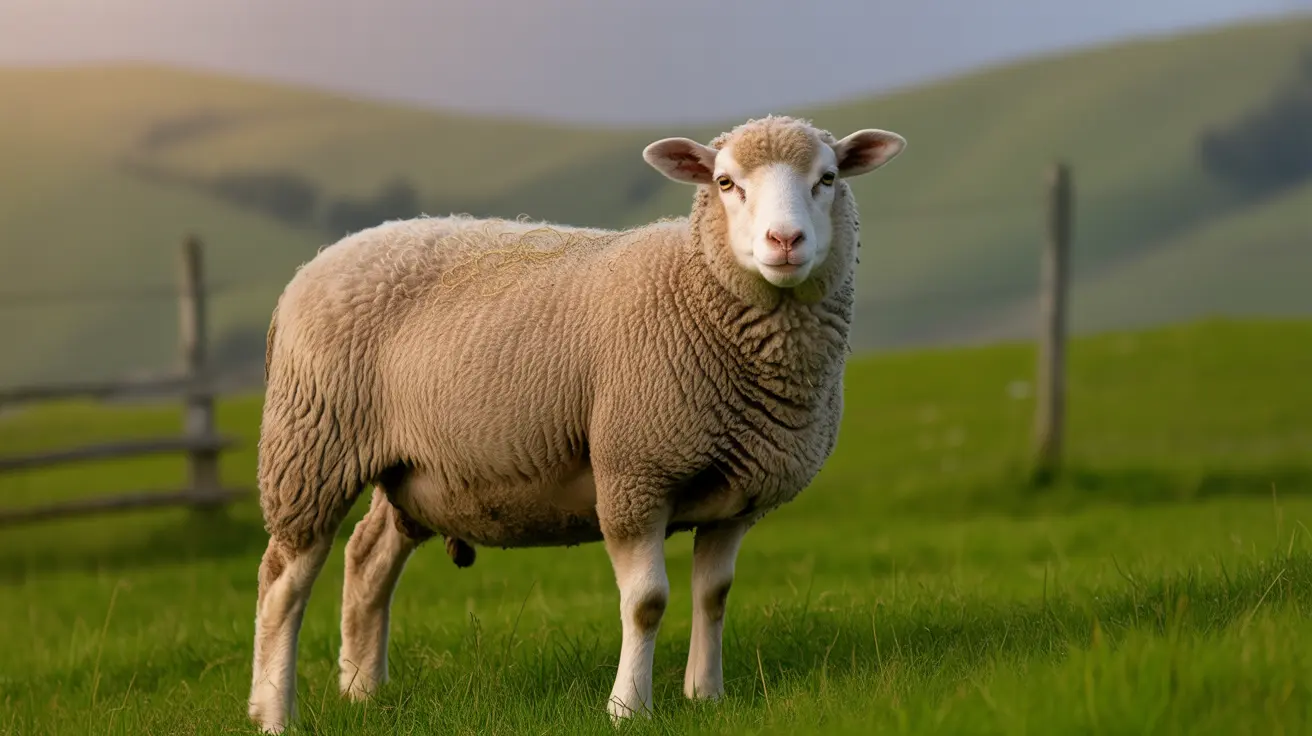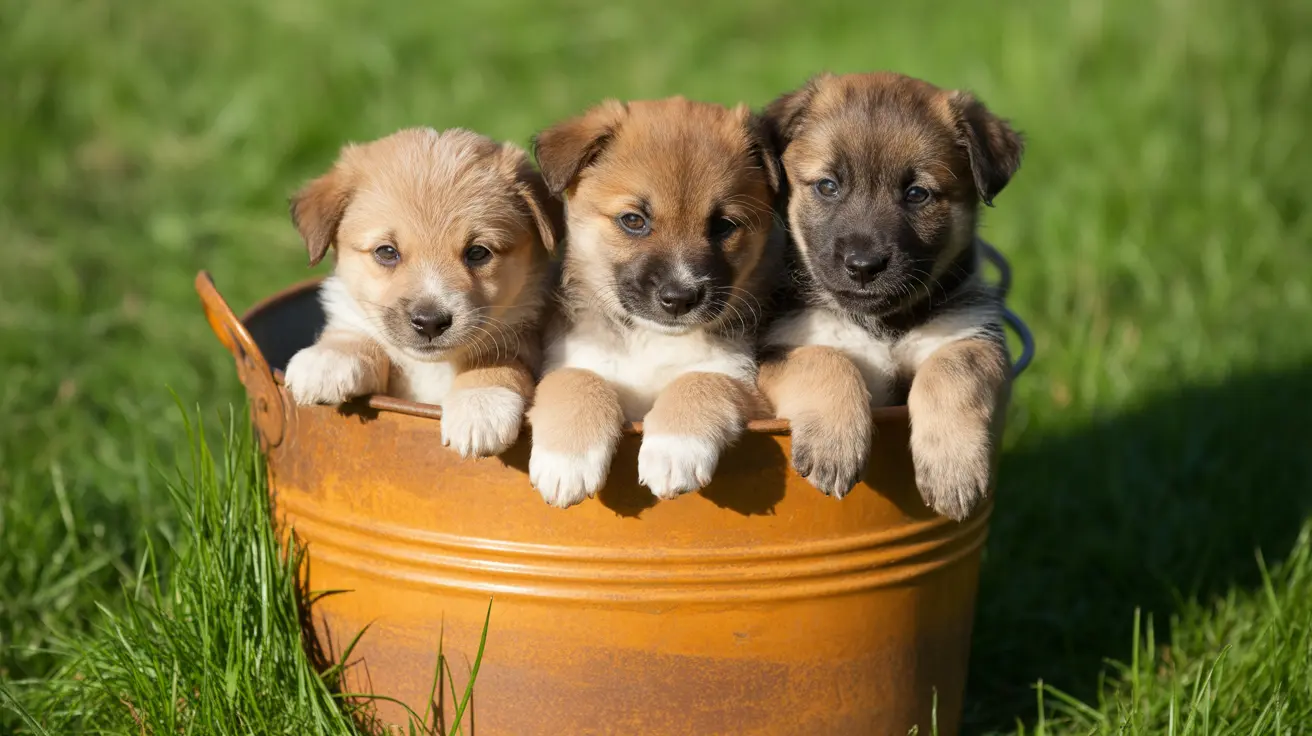Can Dogs Eat Fried Rice? What Every Pet Owner Needs to Know
When your dog gazes up at you during dinner, it's tempting to share a bite of whatever's on your plate—including fried rice. But before you let your pup indulge, let's break down what's safe and what's risky about feeding dogs fried rice.
The Basics: Is Rice Safe for Dogs?
Plain, cooked white or brown rice is generally safe for dogs in moderation. Many commercial dog foods use rice because it's easy to digest and provides energy. Vets frequently recommend plain white rice when dogs have upset stomachs or gastrointestinal issues—it helps bind stools and offers nutrients like B vitamins, iron, and magnesium.
Brown rice contains more fiber and has a lower glycemic index than white rice. However, it's harder to digest and isn't the best choice for dogs with diarrhea or sensitive stomachs. Jasmine and basmati (long-grain white rices) are also fine if cooked plainly.
Why Fried Rice Is a Problem
Here's where things get tricky: fried rice made for people usually contains ingredients that can harm your dog. Common additions include:
- Garlic and onions (both are toxic to dogs)
- Soy sauce (very high in sodium)
- Oils and fats (can upset digestion or cause pancreatitis)
- Butter or margarine
- Artificial seasonings
If your dog eats these foods, they might experience vomiting, diarrhea, abdominal discomfort—or even more serious issues like salt toxicity or damage to red blood cells.
Safe Ways to Feed Rice to Your Dog
If you're considering giving your dog some rice, keep it simple:
- Always cook the rice fully.
- No seasonings—skip the butter, oil, salt, garlic, onions, or sauces.
- Let the rice cool before serving.
You can mix plain cooked rice with lean proteins like boneless skinless chicken or turkey for a balanced meal during recovery from illness. A common bland diet ratio is 2 parts rice to 1 part protein.
Portion Guidelines by Dog Size
- Extra-small (2–20 lbs): 1–2 tablespoons per serving
- Small (21–30 lbs): 2–3 tablespoons
- Medium (31–50 lbs): 1/4 cup
- Large (51–90 lbs): 1/3 cup
- Extra-large (91+ lbs): 1/2 cup
This should only be fed two or three times per week as a treat unless your vet suggests otherwise. Too much rice can lead to weight gain or nutritional imbalances if it replaces too much of their regular food.
If Your Dog Eats Fried Rice by Accident…
If your dog gets into some fried rice from the table or takeout box—don't panic. Watch closely for signs of illness:
- Vomiting or diarrhea
- Lethargy or excessive thirst
- Pale gums or weakness
If symptoms develop—or if they ate a large amount—call your veterinarian right away.
A Dog-Safe "Fried Rice" Recipe Idea
You can make a version of "fried rice" that's safe for dogs by using plain cooked white rice mixed with lean ground turkey, eggs, and plain vegetables. The key? No oils, no seasoning, no garlic/onion/sauces.
- Sauté lean ground turkey in a nonstick pan without oil until fully cooked.
- Add scrambled egg (no milk/salt) and cook through.
- Add plain steamed vegetables like peas or carrots (no onions).
- Add cooled plain white rice; stir together until warm.
- Let cool completely before serving small portions based on your dog's size.
The Bottom Line: Keep It Plain!
Your dog can enjoy plain cooked rice as an occasional treat—but skip the fried version you eat yourself. Avoid all seasonings and high-fat additions; stick with simple ingredients that support your dog's health. If you're ever unsure about what your dog has eaten or how much is safe, consult your veterinarian for guidance tailored to your pet's needs.





